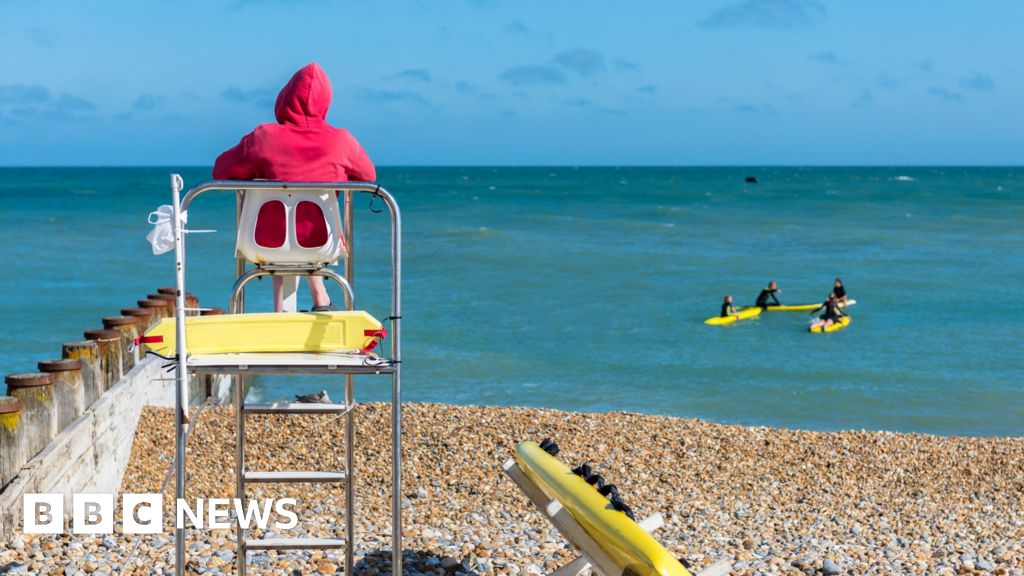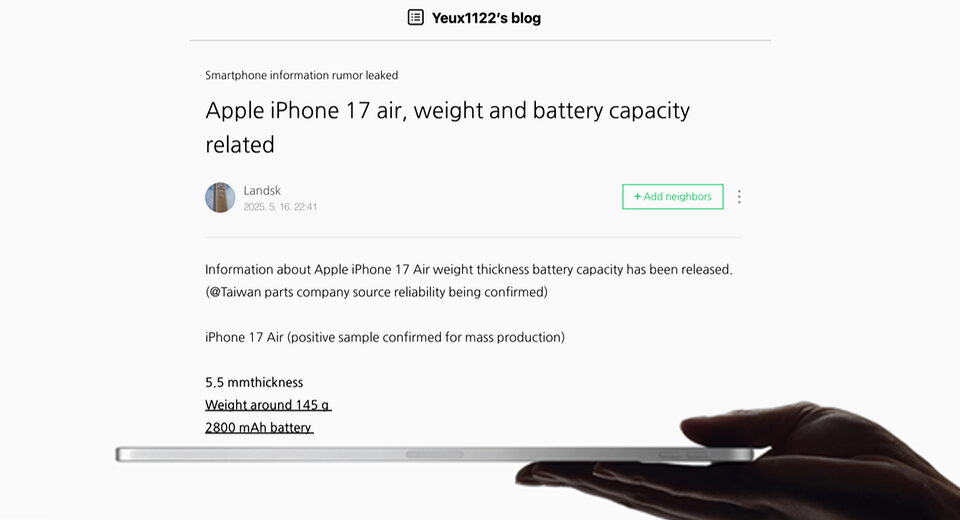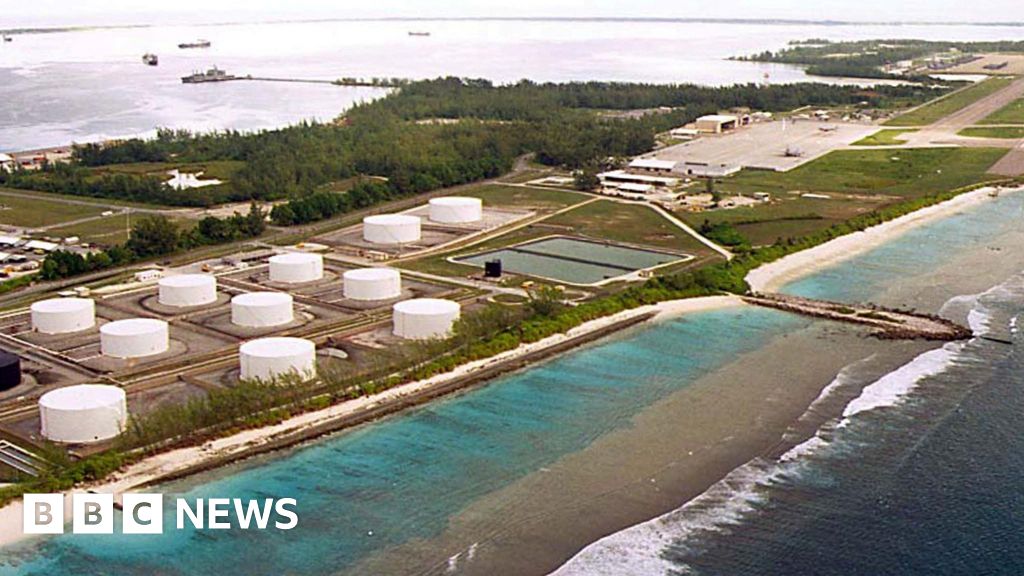When Trump Was the One Taking Land From Farmers


President Trump turned his repeated attacks on South Africa directly on the country’s president in the Oval Office today, falsely accusing his government of seizing land from white farmers as part of a systemic persecution of Afrikaners, the white ethnic minority that led the apartheid regime.
“You can take away land for no payment,” Trump claimed, making an accusation that skipped over the facts and amplified false claims of mass killings of white South Africans that have long circulated on the right.
President Cyril Ramaphosa pushed back, seeking to clarify the details of his country’s law while pointing out that the United States government, too, has the right “to expropriate land for public use.”
What Ramaphosa did not say during the extraordinary confrontation was that Trump himself has used that power. And that’s a story I happen to know well.
Six years ago, I found myself face to face with a white farmer preparing for the government to take his land.
This did not happen in South Africa. It was in South Texas, and it was because of Trump.
And it’s a reminder of how a president who has railed against the state’s power to seize land overseas has long been quick to embrace similar tools at home, both as a developer and then in the White House.
‘Take the land’
At the root of Trump’s claims of discrimination is a law Ramaphosa signed this year that allows the government to seize privately held land — without providing compensation — when it’s in the public interest. The law is part of the South African government’s efforts to chip away at the racial inequities shaped by decades of apartheid rule.
Legal experts say the seizures are likely to be rare. And the law provides for judicial review, giving property owners an opportunity to challenge any effort to take their land. That has not stopped Trump from falsely accusing South Africa of “confiscating land” as he cut off foreign aid to the nation this year.
But Trump himself used government-sanctioned land grabs in recent years to build his promised wall along the United States-Mexico border, albeit through a system that works differently from South Africa’s.
“Take the land,” Trump told his aides in 2019, as he pushed them to accelerate construction — years before he would accuse the African National Congress of confiscating land.
By the end of Trump’s first term, his administration filed more than 110 lawsuits against landowners in Texas as it sought to secure space for his border wall, turning to eminent domain even though many conservatives view it as an excess of government power that violates the sanctity of private property. (In the United States, when the government takes land by eminent domain, it offers compensation, though it is not always as much as landowners would like.)
Trump’s interest in eminent domain didn’t start there. As a casino developer in Atlantic City, N.J., he urged local officials to use eminent domain to seize the home of an older widow that stood in the way of a parking lot he wanted to build. She prevailed.
“Eminent domain is very interesting,” Trump said in a speech in 2019 in the Rose Garden. “But without eminent domain, you wouldn’t have any highways, you wouldn’t have any schools, you wouldn’t have any roadways. What we’re doing with eminent domain is, in many cases, we’ll make a deal up front.”
That is not how the farmers I interviewed in South Texas felt.
‘That damn wall’
Take Richard Drawe, who supports Trump and his goal of bolstering border security. After years of living on the border with Mexico, Drawe did not believe a wall was worth the cost, given the existing barriers and technology at the border to deter migration. And he wanted to hold on to farmland that had been in his family for a century.
Landowners like Drawe could acquiesce, allowing the authorities to use and survey their land and accepting a monetary offer for it. Or they could go to court, where the government would argue that the construction of the wall was an emergency. Lawyers told me at the time that legal action almost always ended with the government getting the land anyway.
The Trump administration accelerated its efforts to seize private property for the wall during the coronavirus pandemic, bringing a flurry of lawsuits at the start of 2020. Some landowners refused initial payment from the administration and tried to fight the land grabs in court.
Drawe reluctantly agreed to allow the government to build on his land because he did not believe he had much of a choice.
“It just kind of screwed up my whole idyllic living, out in the country, having that damn wall there,” he said in an interview on Wednesday. “I’m never happy with eminent domain laws, being a landowner.”
The administration paid him about $42,000 for the 12 acres needed for the wall project and about $197,000 to compensate for depressing the value of his farm. It limited views of the sunsets that he and his wife used to savor after a day’s work. Drawe told me at the time in 2019 that he felt that Trump’s taking of farmland would “ruin” his life.
But he is now resigned to waking up and seeing the wall on his land.
“I really don’t give it a hoot anymore,” Drawe said.
What's Your Reaction?
 Like
0
Like
0
 Dislike
0
Dislike
0
 Love
0
Love
0
 Funny
0
Funny
0
 Angry
0
Angry
0
 Sad
0
Sad
0
 Wow
0
Wow
0







































